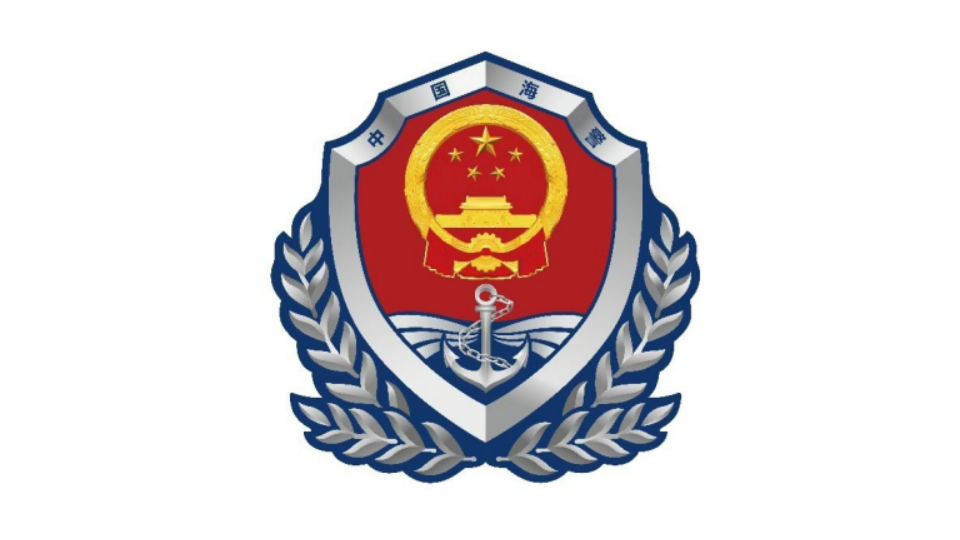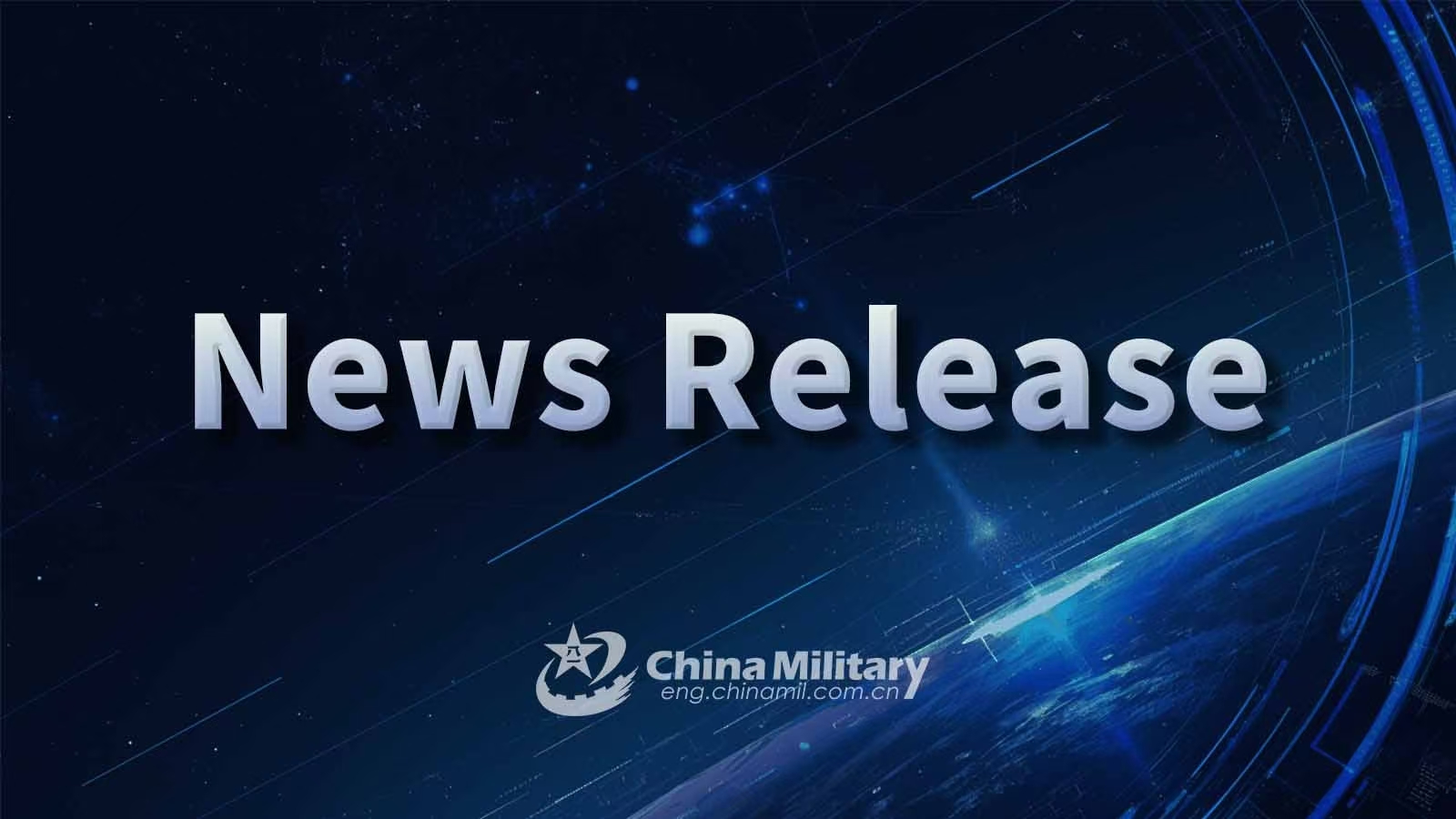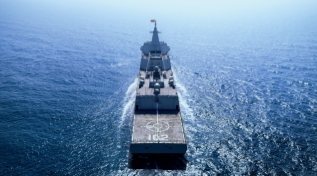By Ding Duo
A Philippine naval vessel, disregarding repeated warnings and admonitions from the Chinese side, obstinately intruded into the waters adjacent to China's Huangyan Island on October10. Chinese coast guard vessels, in accordance with the law, took necessary measures, such as monitoring and intercept and route control, to drive away the Philippine vessel. Huangyan Island is a sensitive point in China-Philippines bilateral relations. The core issue is that the Philippines is making territorial claims over China's Huangyan Island beyond its own territorial boundaries, in violation of international law, the United Nations Charter, and the fundamental principles of international relations, thereby challenging the international order governing territorial relations.
China's sovereignty over Huangyan Island has been established historically. As a part of the Zhongsha Islands, China was the first to discover, name, and utilize Huangyan Island, thus establishing territorial sovereignty over it. In the 20th century, the Chinese government reaffirmed and reconfirmed its territorial sovereignty over Huangyan Island three times, in 1935, 1947, and 1983, by officially announcing the names of the South China Sea islands.
The territorial boundaries of the Philippines are determined by a series of international treaties and have been repeatedly confirmed by Philippine domestic law and bilateral treaties between the US and the Philippines. Huangyan Island lies outside the territorial limits defined in the Philippine territorial treaty. For a significant period before 1997, both during the period of the US administration of the Philippines and after the Philippines gained independence, there were no territorial claims made by the Philippines regarding Huangyan Island. In fact, on multiple occasions, it was explicitly stated that Huangyan Island was not within the sovereignty or jurisdiction of the Philippines. In 1990, the Philippine Ambassador to Germany Bienvenido A. Tan, Jr. stated in a letter to German HAM radio amateur that, "According to the Philippine National Mapping and Resource Information Authority, Scarborough Reef or Huangyan Dao does not fall within the territorial sovereignty of the Philippines." In 1994, the Philippine National Mapping and Resource Information Authority confirmed this in a document issued to the American Radio Relay League , Inc.
However, in 1997, the Philippines suddenly deviated from that stance and publicly asserted territorial claims over China's Huangyan Island. Subsequently, it sought excuses and created so-called "basis" for its change of position by enacting domestic laws and issuing official documents. This occurred over half a century after the Chinese government first officially approved and announced Huangyan Island.
The Philippines had claimed that Huangyan Island is "adjacent" to the Philippines and falls within their asserted 200-nautical-mile exclusive economic zone, and thus is part of Philippine territory. However, international law does not provide for gaining territorial rights based on proximity. One country cannot negate another country's territorial sovereignty or make territorial claims by asserting sovereignty over resources. Such actions not only violate the principle of "land dominates the sea" but also contravene the United Nations Charter and fundamental principles of international law.
The Philippines had also claimed the so-called "effective jurisdiction" over Huangyan Island, but both their unofficial flag-raising activities in 1956 and their unspecified marine scientific research expeditions could not demonstrate "effective jurisdiction" over Huangyan Island. Instead, they constituted violations of China's territorial sovereignty.
When we look at the sovereignty claims the Philippines has made regarding Huangyan Island since 1997, it becomes evident that their justifications have been inconsistent and lacking continuity. Many times, their arguments have been logically flawed and far-fetched. Perhaps there is a reason that can explain this phenomenon: to find excuses for their actions in Huangyan Island and manufacture so-called "justifications," the Philippines has had to "draw conclusions first and then find reasons," even if these reasons are tenuous or even absurd from a historical, factual, and legal standpoint.
In recent times, the Philippines has shown a reduced willingness for self-restraint in the South China Sea issue and an increased appetite for speculative and provocative actions. They have continued to hype up maritime incidents concerning features such as Ren'ai Reef and Houteng Reef in the Nansha Islands and Huangyan Island in the Zhongsha Islands. The maritime tacit understanding once formed between China and the Philippines at the technical and operational level in the maritime domain has been disrupted by unilateral Philippine actions. The current maritime friction presents increased risks, and the Philippines should realize that the proper way to manage differences and maintain maritime stability is to incorporate them into the China-Philippines bilateral maritime communication and management mechanisms. Attempting to provoke infringements and then portraying themselves as "victims" to deceive international opinion through quasi-military means will only have a counterproductive effect.
(The author is Deputy Director of the Research Center for Ocean Law and Policy, National Institute for South China Sea Studies)
Editor's note: Originally published on huanqiu.com, this article is translated from Chinese into English and edited by the China Military Online. The information and opinions in this article do not necessarily reflect the views of eng.chinamil.com.cn.









